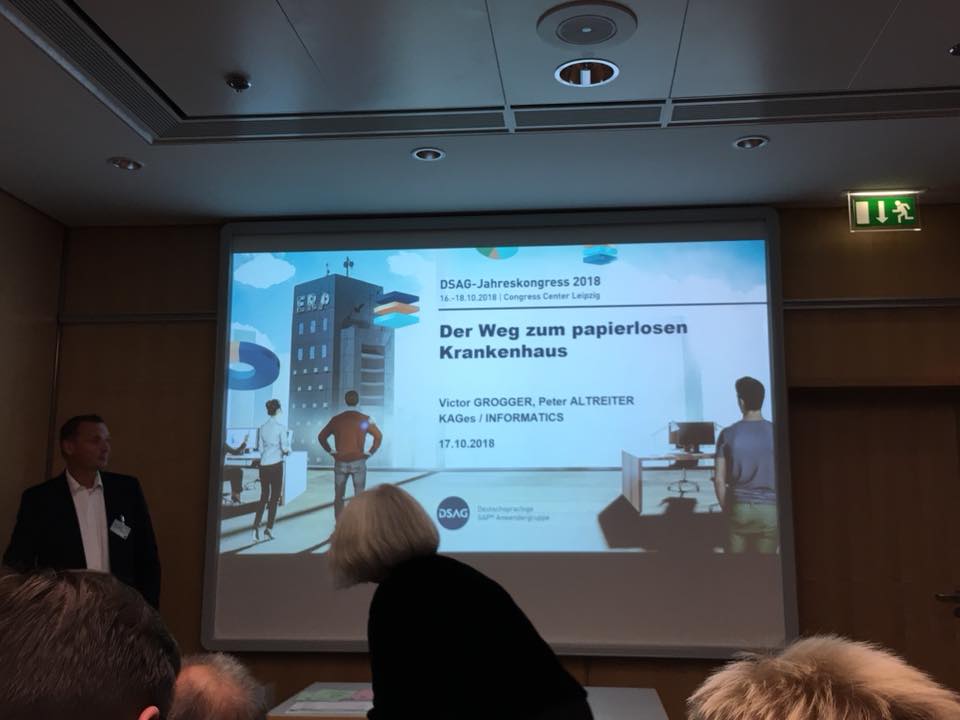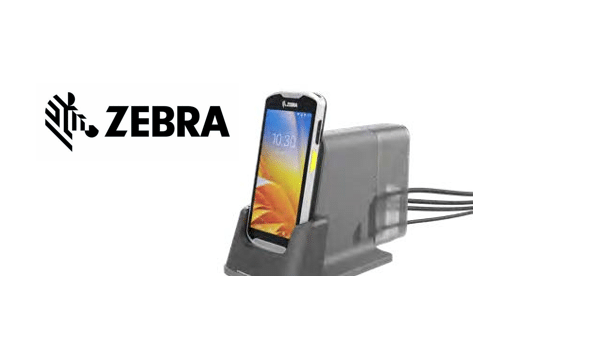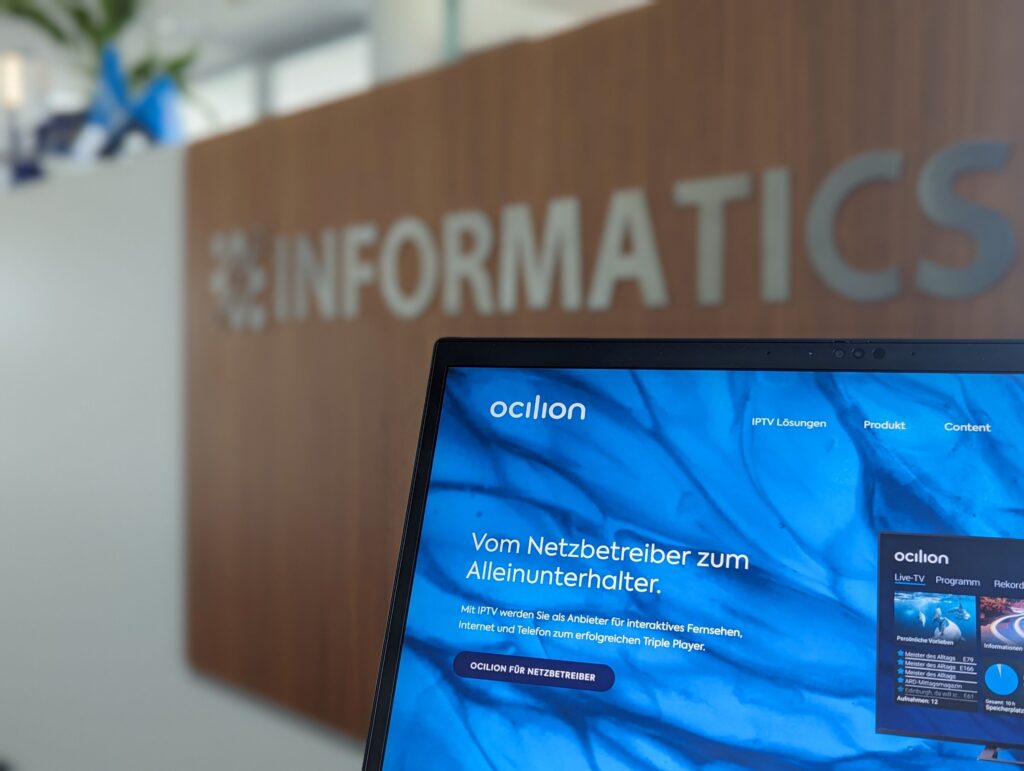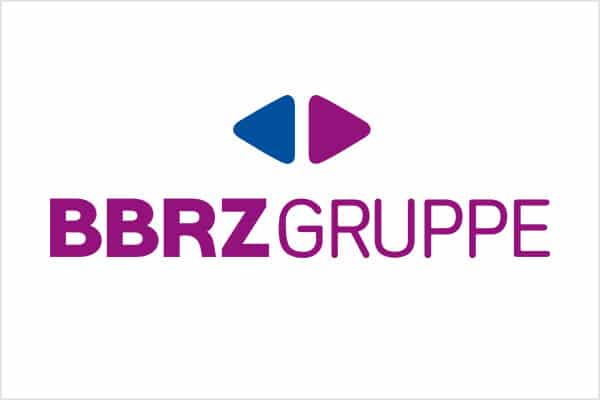Sign-off workflow tool

THE WAY TO A PAPERLESS HOSPITAL
Together with the Styrian KAGes hospitals, INFORMATICS Healthcare developed a sign-off workflow tool that brings together the process in hospitals and clinics from the order to the sign-off of the approved findings. This accelerates the treatment process, relieves the doctor and ensures the timely signing off of findings.
Continuous and seamless electronic recording and documentation of a patient's medical history and treatment is the current challenge facing healthcare providers. This is also the case at the Steiermärkische Krankenanstaltengesellschaft (KAGES), where 17,656 employees, including 2,330 doctors and 5,998 qualified nursing staff, care for an incredible 260,000 inpatients and an even more incredible 1.5 million outpatients per year at 22 locations.
REDESIGN OF MEDICAL PROCESSES
Documentation causes an incredible amount of data and documents every day, which made an increasing digitalisation of the processes necessary. For this reason, KAGes decided some time ago to replace the familiar manually kept paper fever chart with the electronic fever chart.
"Until now, the data was recorded outside the IT system and was only available on the curve. Due to the non-systematic recording, no standardisation was possible. Electronic recording, on the other hand, now ensures standardised, systematic recording, which is available to everyone everywhere. Thus, it is now possible that a medical order can be initiated from anywhere - in the past, this was only possible within the framework of the ward round or through "auxiliary processes" when the paper fever curve was at hand. However, a holistic view of the patient is only created by the curve," describes Peter Altreiter, Managing Director of INFORMATICS Healthcare.
This changeover also necessitated a redesign of all accompanying processes - starting with the recording of vital signs, through the prescription of medicines, to the signing off of findings. KAGes went one step further with the healthcare team led by Peter Altreiter and together they developed a sign-off workflow tool.
"It is a milestone on the road to paperlessness".
Peter Altreiter, Managing Director INFORMATICS Healthcare
"The tool is an extension of the fever curve and provides an overview of the completion status from the order to the signing off of the released findings. This makes the progress of the tasks visible. This ensures that the doctor is actively informed about his patient's findings and that he checks and validates them. In addition, all data is collected in the correct patient record. This ensures a 'closed loop' of an examination and no information can be lost in the course of the visit. This increases patient safety."
Sign-off or vidding is simple, location-independent and also integrates existing processes. The overview of the order, request, clinical order, appointment, movement, findings and sign-off status of the released findings is always guaranteed. "It is a milestone on the way to paperlessness.
STANDARDISED TRANSFER OF INFORMATION
Together with Victor Grogger, the person responsible for introducing the electronic temperature curve throughout KAGes, Peter Altreiter also spoke on this topic at the annual congress of the DSAG in Leipzig. The KAGes was enthusiastic about the new tool:
"The orders support all professional groups for a standardised transfer of information across professional groups," praises Primarius Dr Norbert Bauer, Head of the Department of Internal Medicine atLKH Hartberg. LKH Hartberg, and specifically its Department of Internal Medicine, was chosen as the first department and thus as a pilot project for the implementation. From there, the new sign-off workflow has now been rolled out to all KAGes hospitals.
"This puts an end to the often tedious deciphering of writings or interpretation of abbreviations."
Brigitte Hahn, Nursing Director LKH Hartberg
The nursing director of the entire LKH Hartberg, Brigitte Hahn, explains the benefit of the tool from her point of view: "The orders and to-do lists are helpful for the nursing staff in processing routine activities as well as special requirements. " This puts an end to the often tedious deciphering of fonts or interpreting abbreviations." Now there is a standardised clarity that no longer allows for manual errors and always remains comprehensible.







